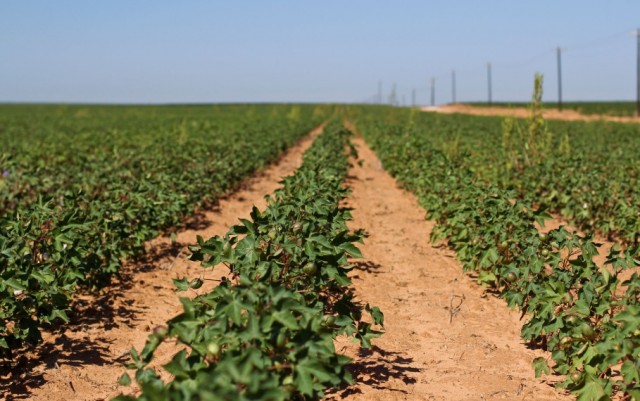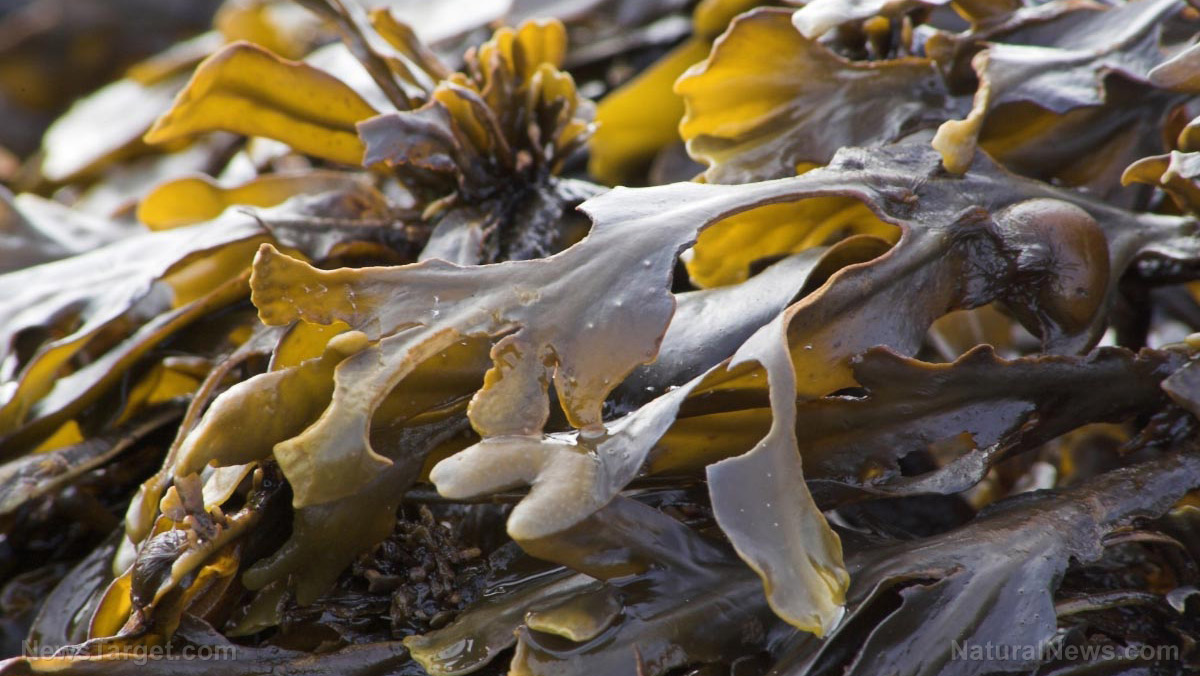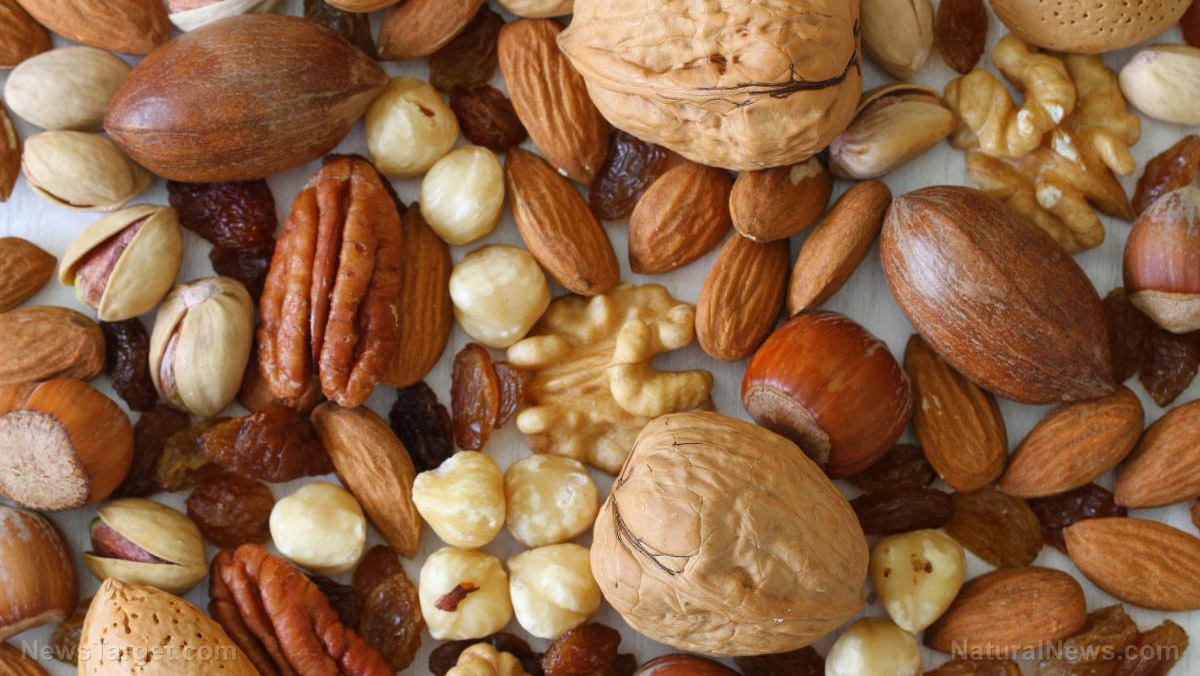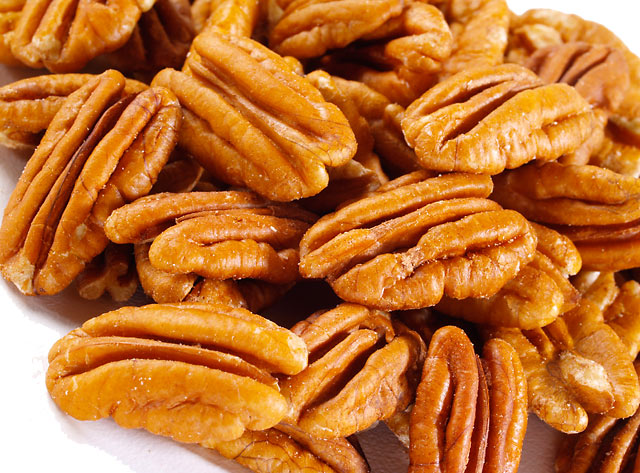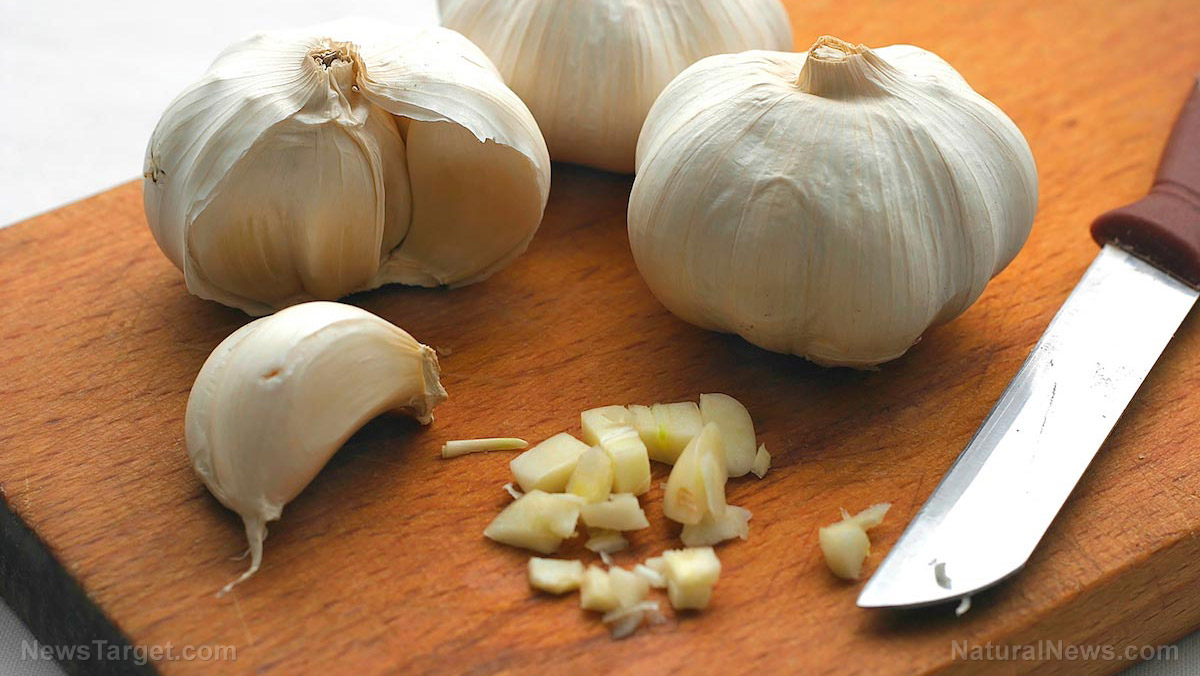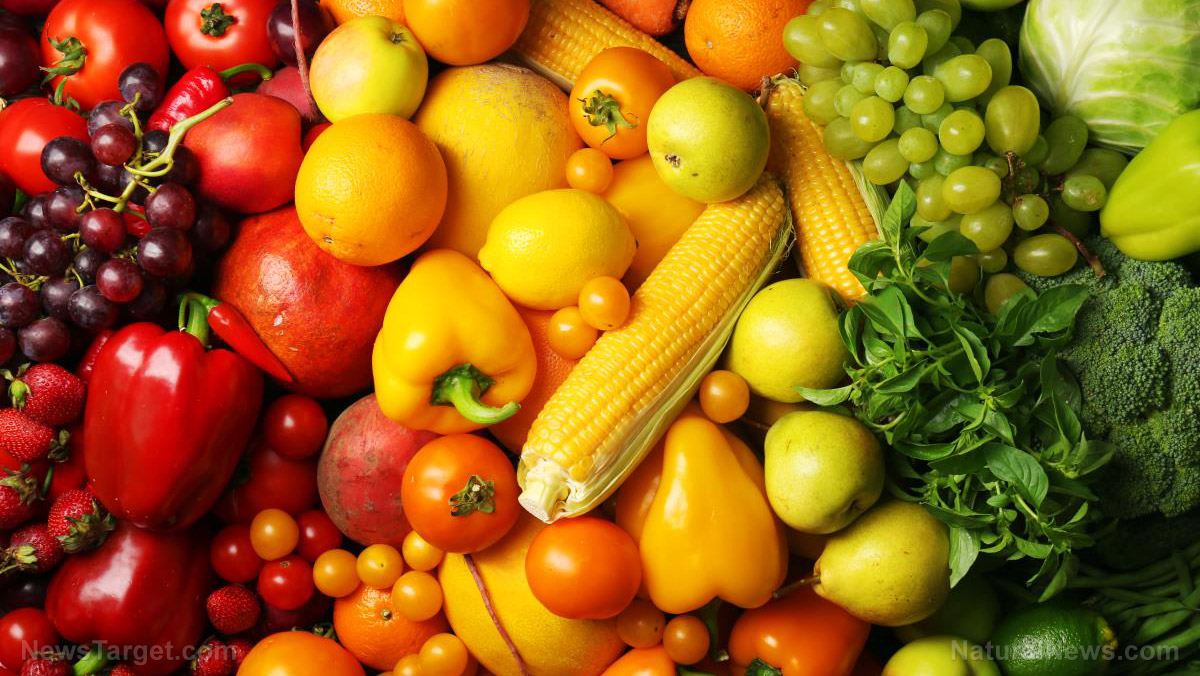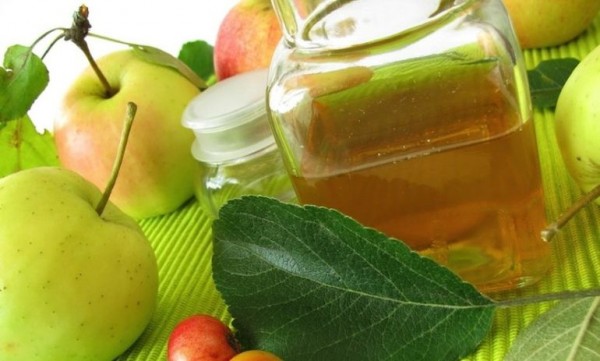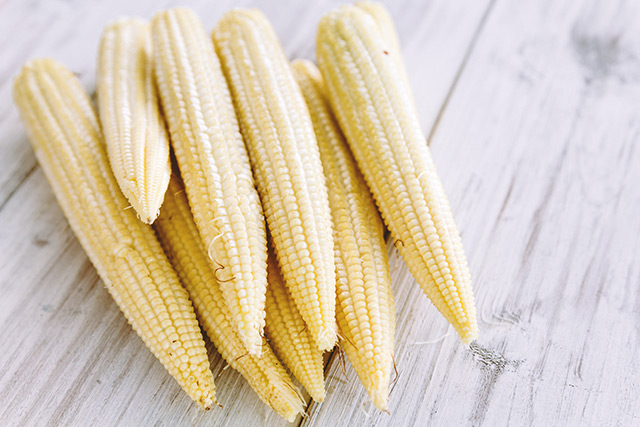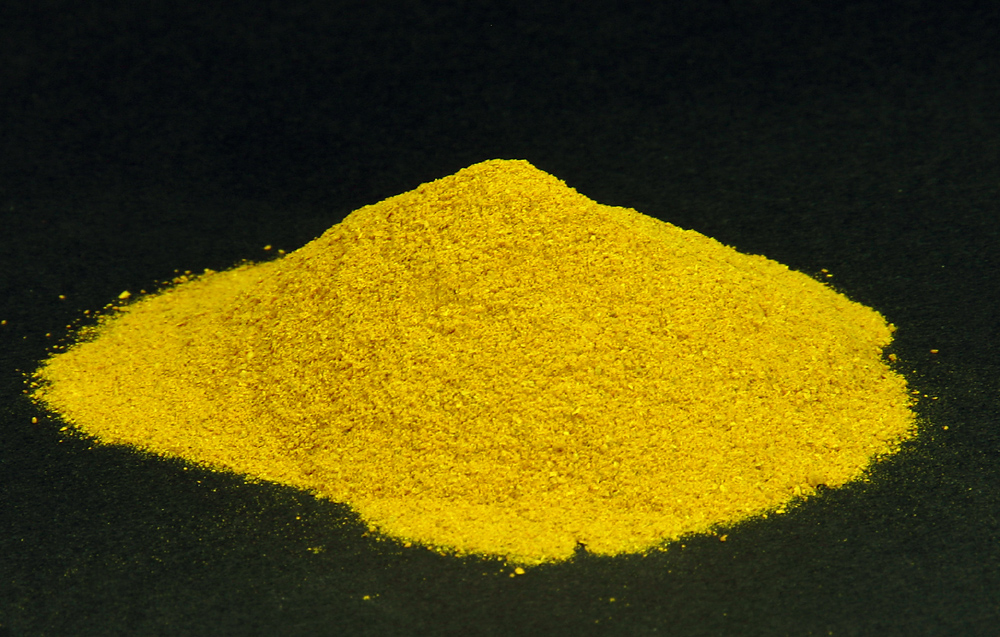04/19/2018 / By Ralph Flores
Researchers from the University of Missouri revealed that probiotics can be used to enhance soil quality. The findings of the study were published in the journal Agroforestry Systems.
- While the use of chemicals over the past few decades might have improved land productivity, its frequent use has resulted in negative outcomes for both the environment and soil diversity.
- Researchers posited that the use of alternative means such as probiotic will improve not only the microbial diversity in soil but also its enzyme activity.
- For the study, the Natural Resources Conservation Service Soil Health Farm in Chariton County, Missouri was used. Prior to the study, the land had been used to in farming conventional corn (Zea mays L.) and rotated with soybean (Glycine max L.). It was also exposed to tillage and the use of chemical fertilizers.
- Probiotics were amended into the soil in differing quantities – 60 liters per hectare (ha−1), 90 L ha−1, and 120 L ha−1 over the course of a year (year−1). A non-treated part of the land was also used for control. These were equally applied in September 2013 and May 2014. Samples were collected after at depths ranging from 0 centimeters to 6 cm in depth.
- A greenhouse study was also done with similar treatments at quantities of 90 L ha−1, 120 L ha−1, and 150 L ha−1 on soil cores.
- In addition, the microbial biomass of the soil was also studied using a phospholipid fatty acid analysis, as well as assayed to check for microbial activity.
- The research team discovered that the biomass that contained saprophytic fungi, protozoa, and rhizobia were higher at the 120 L probiotic ha−1 year−1 dose over the control. In addition, the same field was also noted to have an increase in total biomass and the saprophytic fungi biomass in the greenhouse samples as well. Moreover, the 120 L probiotic ha−1 year−1 dose also contained soil fungal communities, rhizobia, dehydrogenase, β-glucosaminidase, and fluorescein diacetate hydrolase.
Researchers concluded that a soil amendment of 120 L probiotic ha−1 year−1 has the potential to improve the soil quality, based on the indicators.
Journal Reference:
Rajper AM, Udawatta RP, Kremer RJ, Lin C-H, Jose S. EFFECTS OF PROBIOTICS ON SOIL MICROBIAL ACTIVITY, BIOMASS AND ENZYMATIC ACTIVITY UNDER COVER CROPS IN FIELD AND GREENHOUSE STUDIEs. Agroforestry Systems. 2016;90(5):811–827. DOI: 10.1007/s10457-016-9895-1
Receive Our Free Email Newsletter
Get independent news alerts on natural cures, food lab tests, cannabis medicine, science, robotics, drones, privacy and more.

